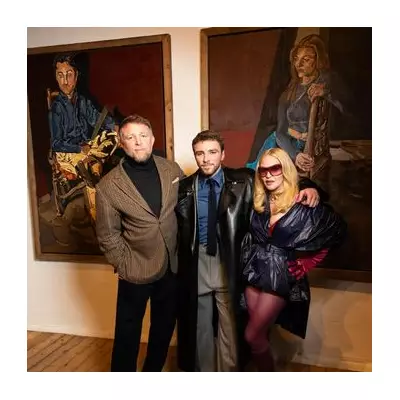
In a landmark case for cultural restitution, the Namibian government has launched formal demands for the return of sacred objects and human remains currently held by prestigious American institutions, including Harvard University and the Smithsonian.
The dispute centres around artefacts sacred to the Ovaherero and Nama communities, groups that suffered devastating losses during Germany's colonial occupation and the 1904-1908 genocide.
A Matter of Spiritual Significance
Among the contested items is a ceremonial whip, known as an okaina, currently housed at Boston's Museum of Fine Arts. For the Ovaherero people, this is no mere museum piece.
"This object is of deep spiritual significance," explained a representative from the Ovaherero Traditional Authority. "Its presence in a foreign museum, separated from its people, causes profound cultural and spiritual distress."
Human Remains and Ethical Collections
The campaign extends beyond artefacts to include the repatriation of human remains. These were often acquired unethically during the colonial era for now-discredited racial studies.
Museums face increasing pressure to confront the problematic origins of their collections. This case highlights the growing global movement demanding institutions address historical wrongs and consider the moral ownership of culturally sensitive items.
A Pattern of Resistance
This is not Namibia's first attempt at repatriation. Previous efforts have seen limited success, with institutions often citing complex legal ownership or internal acquisition policies as barriers.
However, the current campaign signals a more coordinated and forceful approach from the Namibian state, working directly with traditional authorities to present a united front.
The Road to Restitution
The outcome of this case could set a crucial precedent for other nations and communities seeking the return of their cultural heritage. It raises fundamental questions for museums worldwide:
- How should institutions handle items acquired under colonial duress?
- Who truly holds the right to own and display culturally sacred objects?
- What role do museums have in facilitating healing from historical trauma?
As the dialogue between Namibia and US institutions continues, the world watches closely. This is more than a dispute over objects; it is a test of global commitment to ethical museum practices and post-colonial justice.





